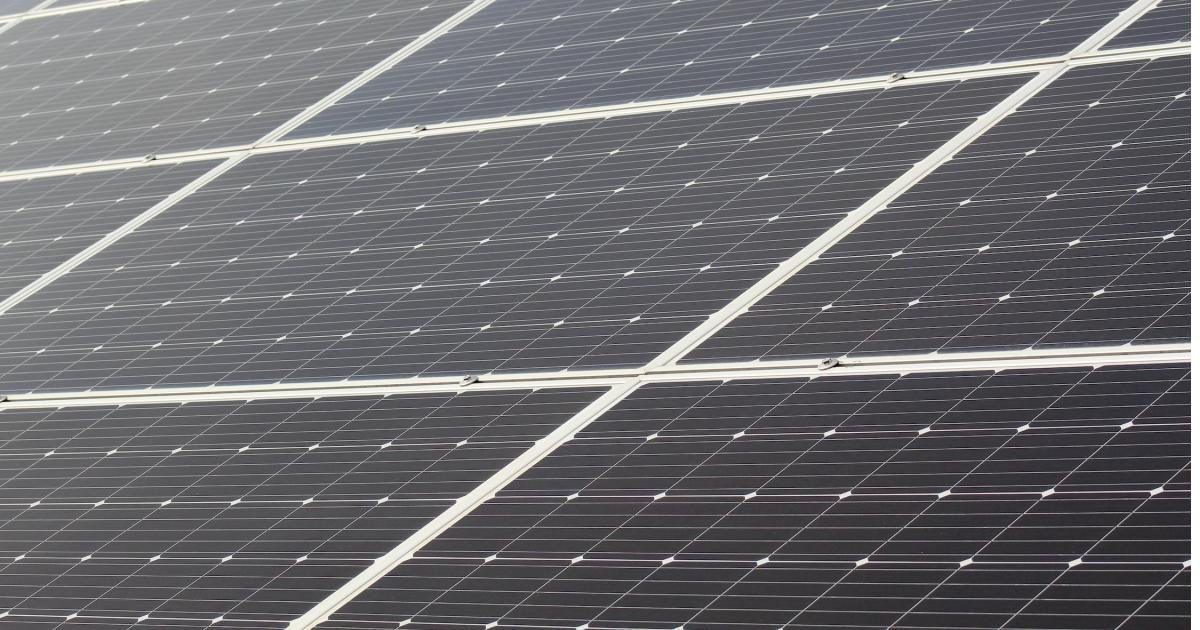
New South Wales’ Singleton Council seems pretty pleased with progress on its Cities Power Partnership pledges.
Situated in the Hunter Region – traditionally coal country1 – Singleton Council joined the Cities Power Partnership (CPP) in 2020. The CPP is Australia’s largest local government climate program, with 170 member councils representing approximately 65% of Australia’s population.
When becoming partners, Councils choose five pledges from a list to implement. Among the commitments Singleton chose was installing renewable energy (solar PV and battery storage) on Council buildings.
The organisation has already invested $1 million in solar installations at twelve key sites, which was completed last year. Energy savings are around $126,652 per year according to Council, meaning simple payback will be achieved in a bit under 8 years (Council says 7 years).
“It’s a great reinforcement for Council and our community that we’ve ticked off one of our five goals to install renewable energy on Council buildings within just two years,” said Mayor of Singleton, Cr Sue Moore. “What’s more, we’re on track against our remaining four pledges as well.”
Among the other pledges are commitments to internal and community education on renewables and energy efficiency, adopting best practice energy efficiency measures, provide EV fast charging infrastructure and the setting of renewable energy or emissions targets at an LGA level.
Mayor Moore says Council has engaged 100% Renewables to develop an Emissions Reduction Action Plan – an exercise that began in June and will be completed by December this year.
Council’s renewable energy efforts haven’t been confined to solar panels on its own assets – it is also purchasing half of its electricity for large and small sites from Moree Solar Farm. On the energy efficiency front, 840 LEDs have been installed in street lights across the Shire, which are projected to reduce street-lighting energy usage by 75 per cent and emissions by 244.9 tonnes of CO2 each year.
“The difficulty with any action or intention around an issue as big as climate change and sustainability is that it seems so big, and any progress seems insignificant,” said Cr. Moore. “But with one tick already against our Cities Power Partnership pledges and plenty of other initiatives underway, we are leading the way as an example for our community that small steps add up to big achievements.”
Solar Energy In The Singleton Community
Solar panels are pretty popular in Singleton and surrounding areas, with 3,058 small-scale systems installed in the 2330 postcode area for a collective capacity of 21,450 kW as at July 31, 2022. Given a population just north of 20,000, this is an impressive effort, resulting in the postcode area punching above its weight (1,069 watts per person) against an Australian per capita figure of 751 watts.
When we last checked in on the postcode, 2,565 small-scale solar power systems (< 100kW capacity) had been racked up as at the end of February last year – so close to 500 more systems have been installed in around 16 months.
As for large-scale solar above 100kW, the Australian Photovoltaic Institute (APVI) notes 2,171 kW spread across three active installations as at June 30 this year.
Footnotes
- Trivia – while coal has and still is playing a major role in the Hunter Region; local governments are looking to the future. It was the first region in Australia where all councils were signed up to the Cities Power Partnership. ↩

 RSS - Posts
RSS - Posts



Speak Your Mind